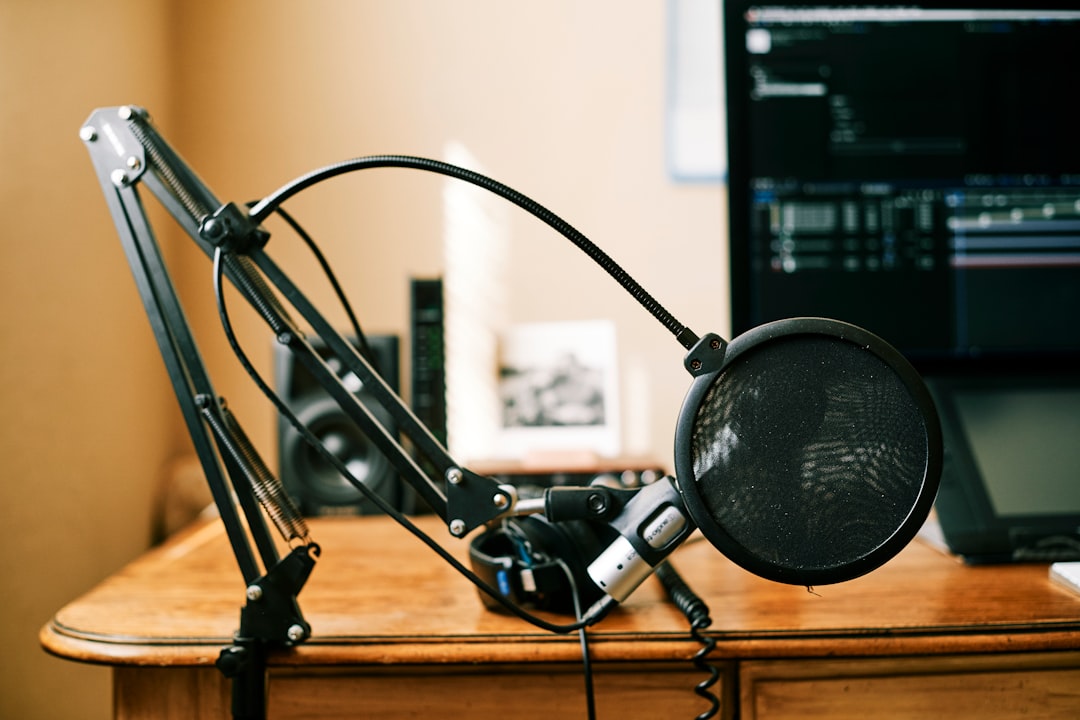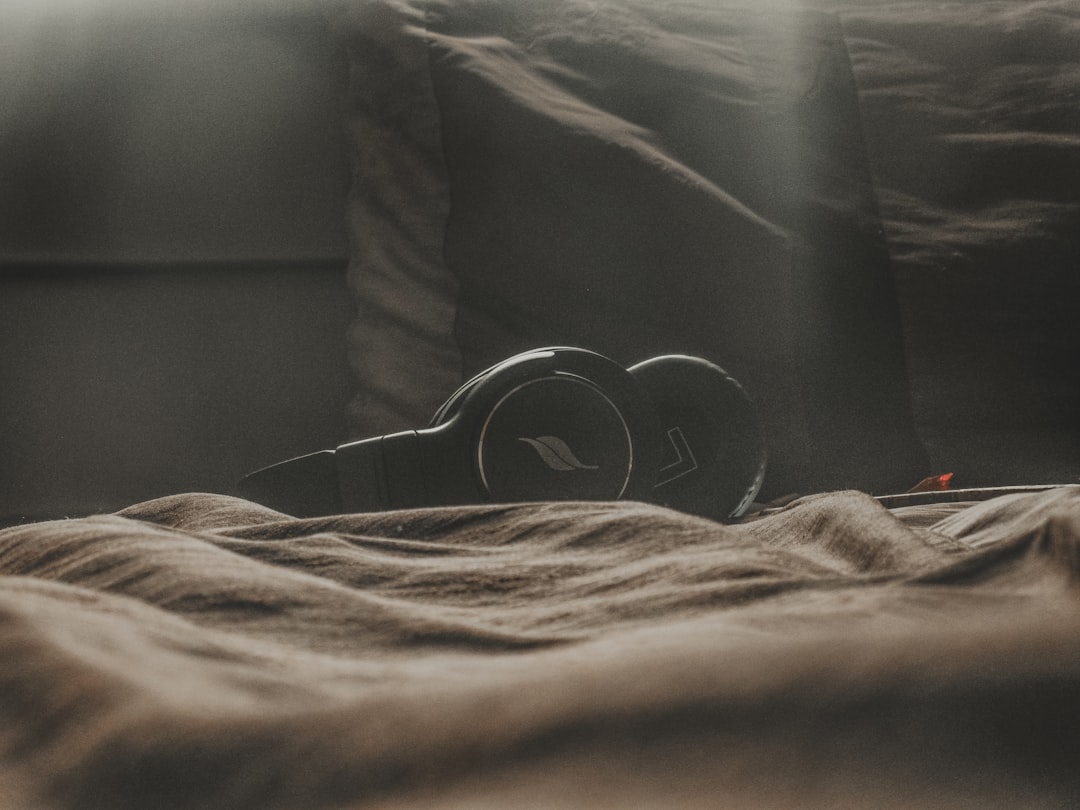My Guide to Understanding Binaural Beats for Focus and Relaxation.
My Guide to Understanding Binaural Beats for Focus and Relaxation
In our increasingly noisy world, finding pockets of genuine focus and deep relaxation can feel like searching for a hidden treasure. I’ve spent years exploring various tools and techniques to enhance my cognitive performance and manage stress, and one particular discovery has consistently stood out: binaural beats. This isn’t just another trend; it’s a fascinating auditory phenomenon that, when understood and applied correctly, has profoundly shifted my ability to concentrate and unwind. This guide distills my personal journey and findings, offering you a clear path to harnessing the power of these subtle soundscapes for your own well-being.
Unpacking the ‘Beat’: How My Brain Responds to These Subtle Sounds
Before we dive into application, it’s crucial to grasp what binaural beats actually are and how they work their magic. From my perspective, it’s less about a mystical force and more about elegant brain science. Simply put, a binaural beat is an auditory illusion created in your brain when you hear two slightly different frequencies, one in each ear. For instance, if your left ear hears 400 Hz and your right ear hears 408 Hz, your brain perceives a third, “phantom” frequency – an 8 Hz beat. This perceived beat is the binaural beat, and its frequency is the difference between the two input tones.
The Brain’s Rhythmic Dance: My Take on Brainwave Entrainment
The real power lies in something called brainwave entrainment. When your brain is presented with a consistent, rhythmic stimulus (like that 8 Hz binaural beat), it tends to synchronize its own electrical activity to match that rhythm. Think of it like a drum beating a steady rhythm, and your brain naturally falls into step. Different brainwave frequencies are associated with different states of consciousness:
- Delta Waves (0.5-4 Hz): Deep, dreamless sleep and profound relaxation.
- Theta Waves (4-8 Hz): Deep relaxation, meditation, creativity, light sleep.
- Alpha Waves (8-13 Hz): Relaxed alertness, mindfulness, pre-sleep/pre-wake states.
- Beta Waves (13-30 Hz): Active thinking, concentration, problem-solving, but also anxiety at higher frequencies.
- Gamma Waves (30-100 Hz): High-level cognitive processing, intense focus, learning, memory.
My understanding is that by selecting specific binaural beat frequencies, we can gently guide our brains into desired states—whether that’s the focused hum of Beta or the tranquil flow of Theta. It’s a subtle nudge, not a forceful command, and that’s why consistency is key.
Tuning In for Laser Focus: My Personal Frequencies for Peak Concentration
When I need to buckle down and tackle a complex task, binaural beats have become an indispensable part of my routine. My aim here is to cut through distractions and achieve a state of heightened alertness without the jitteriness that sometimes comes with caffeine. For me, the sweet spot for focus generally lies within the Beta and sometimes Gamma wave ranges.
My Go-To Beats for Sustained Attention and Mental Clarity
I’ve found particular success with binaural beats in the 15-20 Hz (mid-Beta) range for general concentration. These frequencies help me maintain vigilance during extended work sessions, keeping my mind from wandering. For tasks requiring intense problem-solving or rapid learning, I sometimes venture into the 25-40 Hz (high-Beta to low-Gamma) range. These higher frequencies can feel quite stimulating, almost like a mental sprint, and I use them sparingly for critical, time-sensitive work. It’s like putting my brain into overdrive, but in a controlled, less exhausting way than constant external stimulation.

The key, from my experience, is to experiment. What feels like “laser focus” for me might be mildly distracting for you. I always recommend starting with lower Beta frequencies and gradually exploring higher ones if needed. Remember, the goal isn’t to force your brain into a state, but to gently encourage it. You can learn more about deep diving into brainwave science to better understand these states.
Drifting into Calm: My Go-To Beats for Deep Relaxation and Stress Release
Just as effectively as they can sharpen focus, binaural beats are incredibly powerful tools for unwinding and achieving profound states of relaxation. In a world that constantly demands our attention, intentionally stepping away and allowing the mind to settle is not a luxury, but a necessity. My journey with binaural beats for relaxation often involves a shift towards slower brainwave frequencies.
Finding Your Tranquil Frequencies: My Path to Serenity
For general relaxation and stress reduction, I consistently turn to the 8-12 Hz (Alpha wave) range. This is the state of relaxed awareness, perfect for mindfulness exercises, light meditation, or simply decompressing after a busy day. It helps quiet the internal chatter without making me feel drowsy. When I need to go deeper, perhaps to prepare for sleep or to enter a more profound meditative state, I opt for the 4-7 Hz (Theta wave) range. These frequencies are often associated with creativity, intuition, and a sense of peaceful detachment. I’ve found them invaluable for calming an overactive mind before bed, significantly improving my sleep quality. For those nights when sleep feels elusive, I sometimes even venture into the 1-4 Hz (Delta wave) range, which can mimic the brain activity of deep, restorative sleep.
My personal practice involves listening to Alpha or Theta beats for 20-30 minutes before bed, or during a mid-day break when I feel overwhelmed. It’s a deliberate act of self-care that recharges my mental batteries. This can be a great complement to optimizing your sleep routine.
Beyond the Headphones: Crafting Your Ideal Binaural Beat Experience
Understanding the science is one thing; effectively integrating binaural beats into your life is another. Over time, I’ve learned that it’s not just about picking a frequency; it’s about creating an optimal environment and consistent practice. This is where “my guide” truly becomes practical.
Essential Setup and Mindset for Maximizing Your Sessions
- Quality Headphones are Non-Negotiable: Since binaural beats rely on delivering distinct frequencies to each ear, you absolutely need stereo headphones. Over-ear, noise-canceling headphones are my top recommendation, as they block out external distractions and provide the best sound isolation, allowing your brain to fully engage with the beats. Earbuds can work, but the immersion isn’t quite the same.
- Minimize External Distractions: Find a quiet space where you won’t be interrupted. For focus, this might be your desk during a dedicated work block. For relaxation, it could be a comfortable armchair or your bed. The less external noise competing with the binaural beats, the more effective they will be.
- Consistency Over Intensity: Like any beneficial practice, consistency yields the best results. I aim for at least 15-30 minutes per session, ideally daily, especially when starting out. It’s not about listening for hours, but about giving your brain regular exposure to the desired frequencies.
- Background Noise Matters: Many binaural beat tracks incorporate ambient sounds like rain, ocean waves, or gentle music. I find these extremely helpful for masking the often-monotonous hum of the raw binaural tone, making the experience more pleasant and immersive.
- Hydration and Comfort: Simple things, but crucial




Post Comment